• Adenovirus Service • AAV Service • Lentivirus Service • Retrovirus Service




Glioblastoma (GBM) is the most common and aggressive type of malignant brain tumor in adults, with patients typically surviving only 12-18 months after diagnosis. Despite decades of research, there is currently no cure for glioblastoma, and approved treatments such as surgery, radiotherapy, and chemotherapy have limited effectiveness in extending patients' lives.

Data from the World Health Organization show that of the approximately 19.3 million new cancer cases worldwide each year, 10 million people die from cancer. Although immune checkpoint inhibitors (such as PD-1 antibodies) have revolutionized cancer treatment, a large number of patients still face the problem of "no response" or "drug resistance". Among them, natural killer cells (NK cells) are the first line of defense against cancer, and their activity is often inhibited by the tumor microenvironment. IL-15, as a core cytokine that regulates NK cell function, can enhance the killing ability of NK cells, but its clinical application is limited by the toxicity of systemic administration (such as cytokine storm).

Recently, a research team led by Jean-Christophe Marine and Joanna Pozniak of the Flemish Institute of Biotechnology (VIB) in Belgium, and Oliver Bechter of the University Hospital of Leuven, published an important research paper in the famous journal Cancer Discovery. When analyzing tumor samples from melanoma patients who did not respond to immunotherapy, they found that the number of natural killer (NK) cells increased significantly, and both NK cells and killer T cells gathered around the tumor. The amazing thing is that if the NK cells around the tumor are eliminated and then supplemented with immune checkpoint inhibitors, the killer T cells will infiltrate and destroy the tumor.
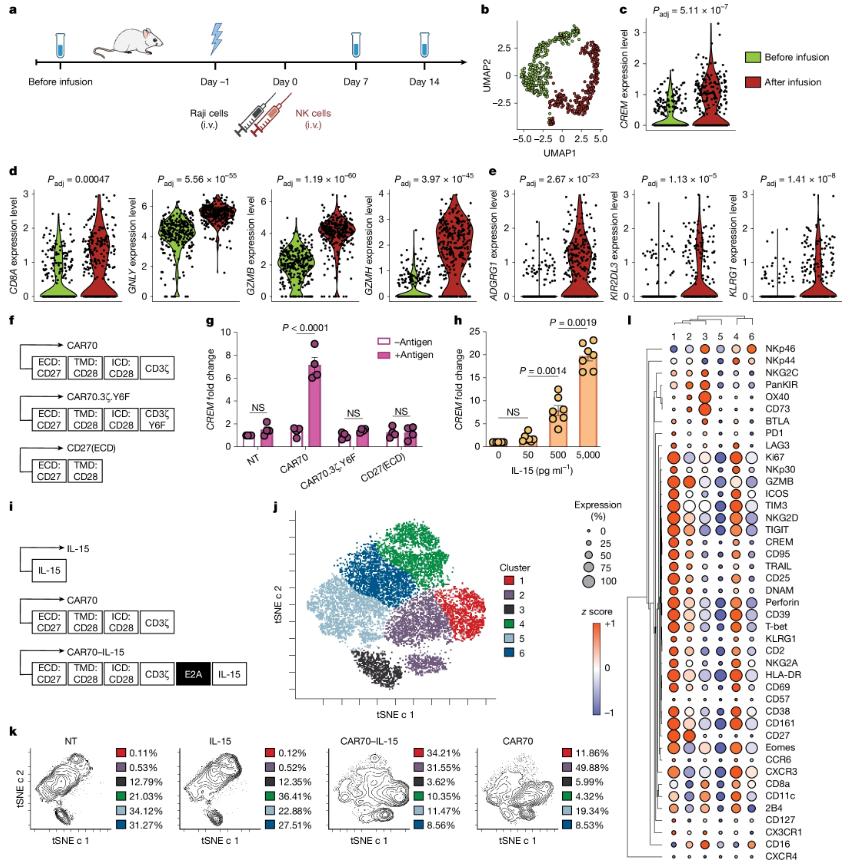
In the frontier field of cancer treatment, immunotherapy is gradually becoming a new hope for conquering cancer. In recent years, CAR-T cell therapy has achieved remarkable results in the treatment of blood tumors, but its application in the treatment of solid tumors still faces many challenges. At the same time, natural killer cells (NK cells), as an immune cell with strong anti-tumor activity, have gradually attracted the attention of researchers.
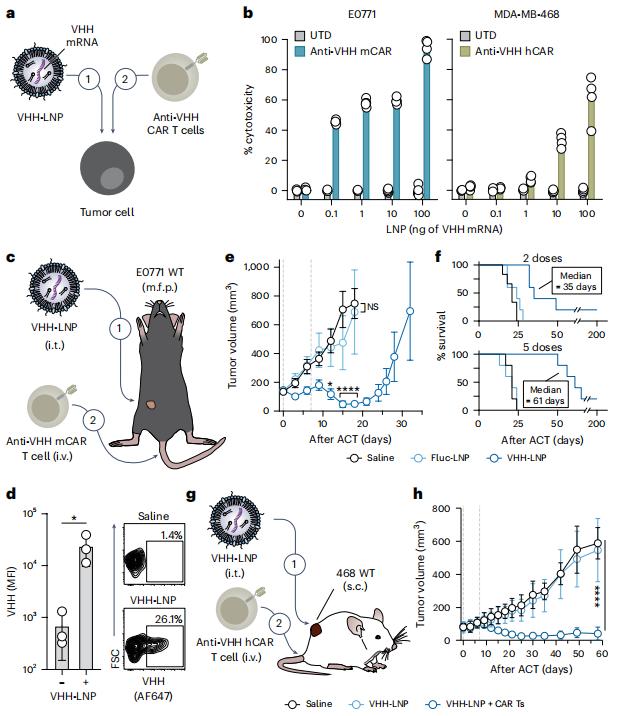
In a new study, researchers from the Georgia Institute of Technology have created a two-pronged approach that marks tumor cells so they can be recognized and destroyed by specially enhanced T cells from the patient's immune system. This approach could one day become a universal strategy for treating some of the most difficult-to-treat cancers, such as brain, breast and colon cancers, by teaching the immune system to find cancers it would normally miss. Their approach worked against these cancers in laboratory tests and did not harm healthy tissue. Importantly, it also prevented the cancer from coming back.
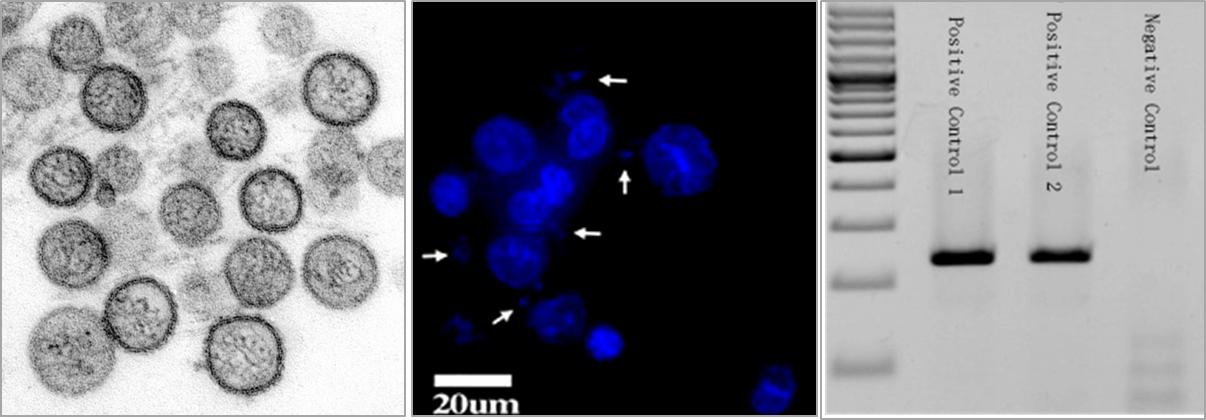
What is mycoplasma?

Low transfection efficiency
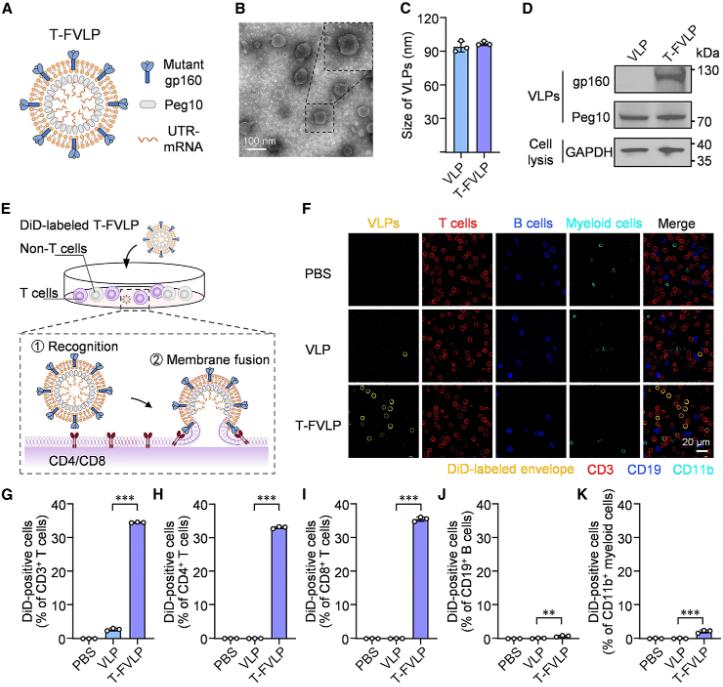
Researchers from South China University of Technology published a research paper titled "Leveraging T cell-specific fusogenicity of HIV for in vivo mRNA delivery to produce human CAR-T cells" in Cell Biomaterials, a subsidiary of Cell. The study used the T cell-specific fusion of HIV virus to develop a T cell-specific fusion virus-like particle (T-FVLP) that can mimic HIV virus and efficiently deliver CAR mRNA into T cells, thereby producing human CAR-T cells in vivo.
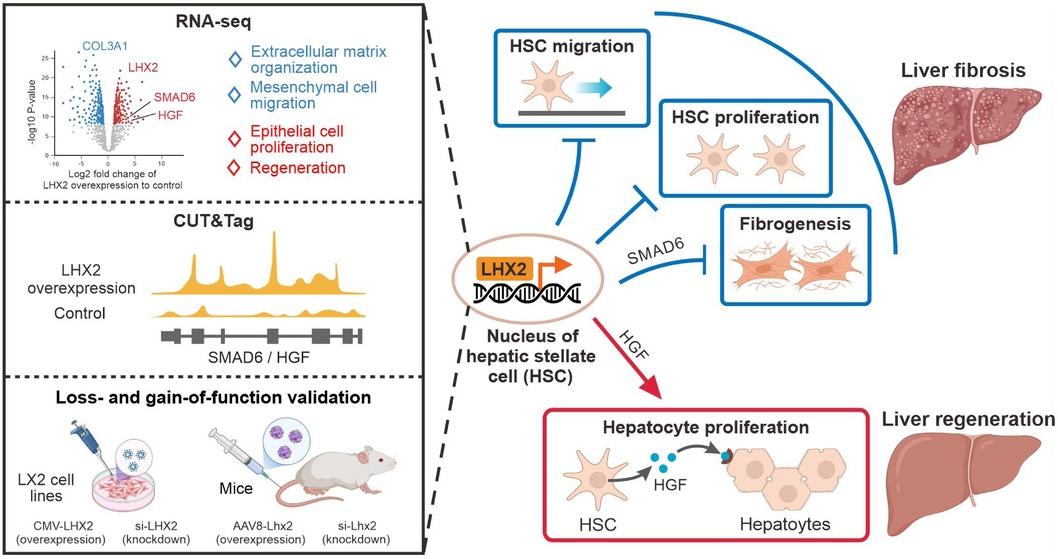
Promoting liver regeneration and inhibiting fibrosis is an attractive strategy for treating human liver diseases, and hepatic stellate cells (HSCs) are very important for both processes. Recently, in a research report entitled "Lhx2 specifically expressed in HSCs promotes liver regeneration and inhibits liver fibrosis" published in the international journal Hepatology, scientists from the Chinese Academy of Sciences identified the transcription factor Lhx2 (LIM homeobox protein 2) as a key regulator of hepatic stellate cells (HSCs). Lhx2 can simultaneously promote liver regeneration and inhibit liver fibrosis.

Recently, the latest research results published by researchers from the Saint Louis University School of Medicine in the journal Science Translational Medicine showed that cancer cells can produce tumor-derived extracellular vesicles (tEVs) containing PD-L1, causing PD-L1 to activate CREB and STAT signals, leading to lipid metabolism reprogramming of T cells. This induces T cell senescence and achieves immunosuppression. Blocking this process is expected to improve the sensitivity of solid tumors to immunotherapy such as PD-L1 inhibitors.